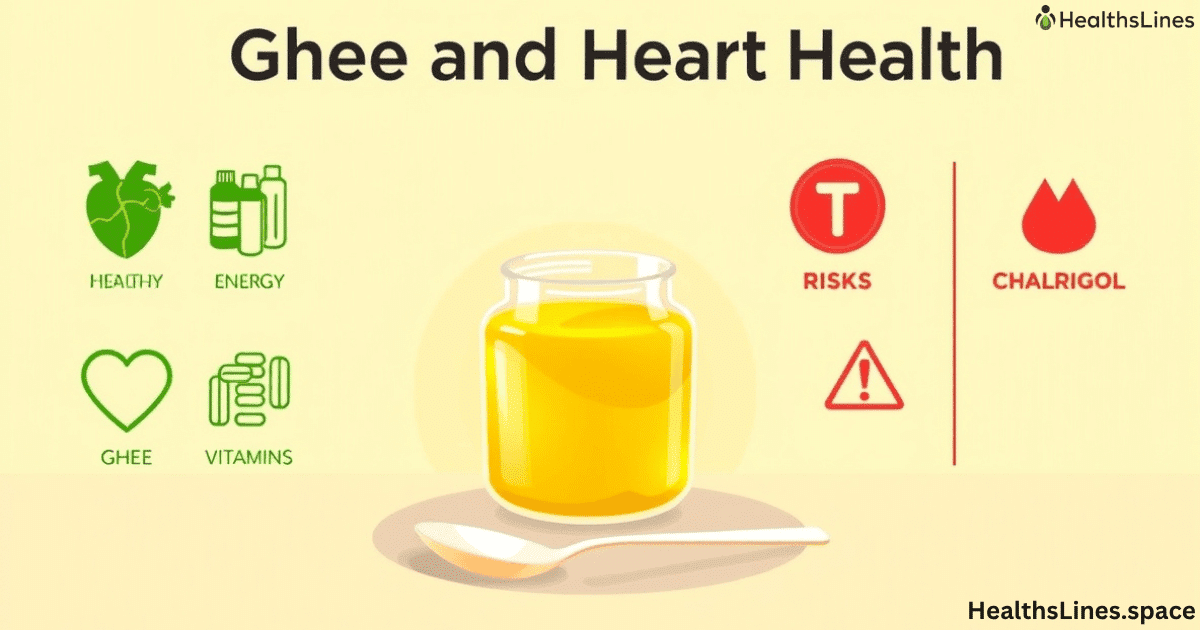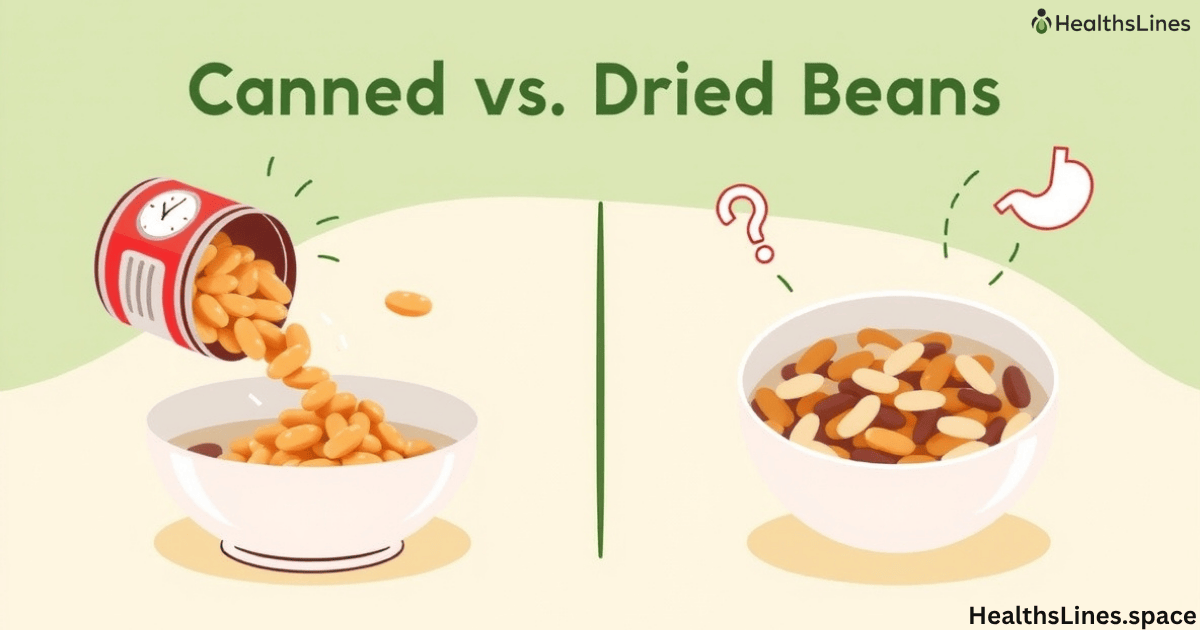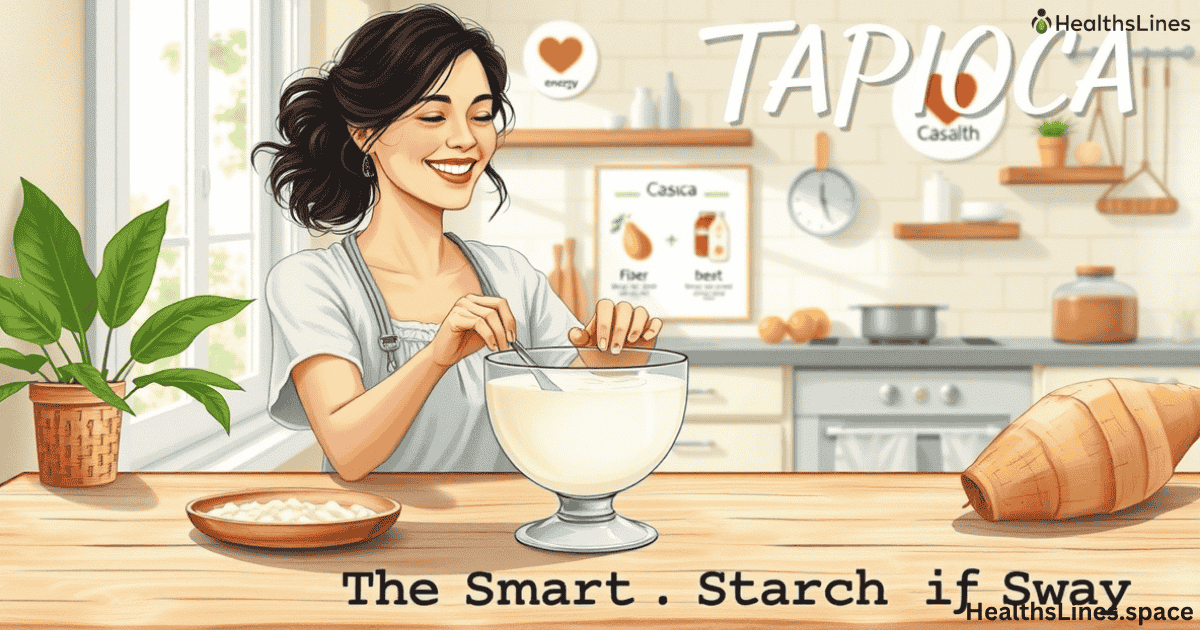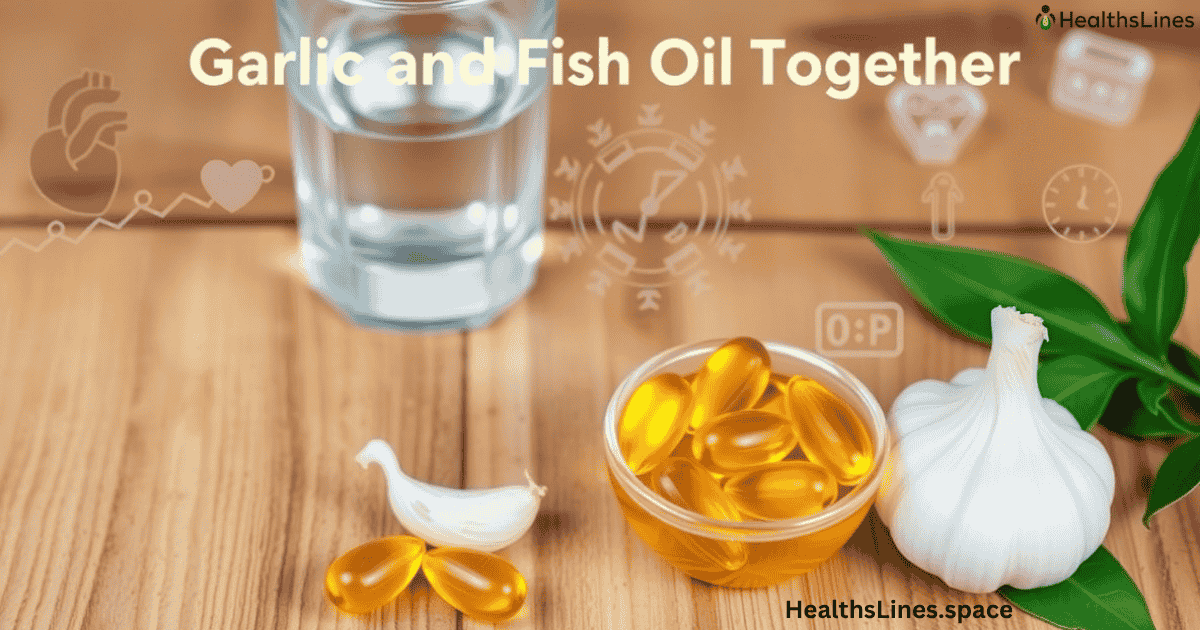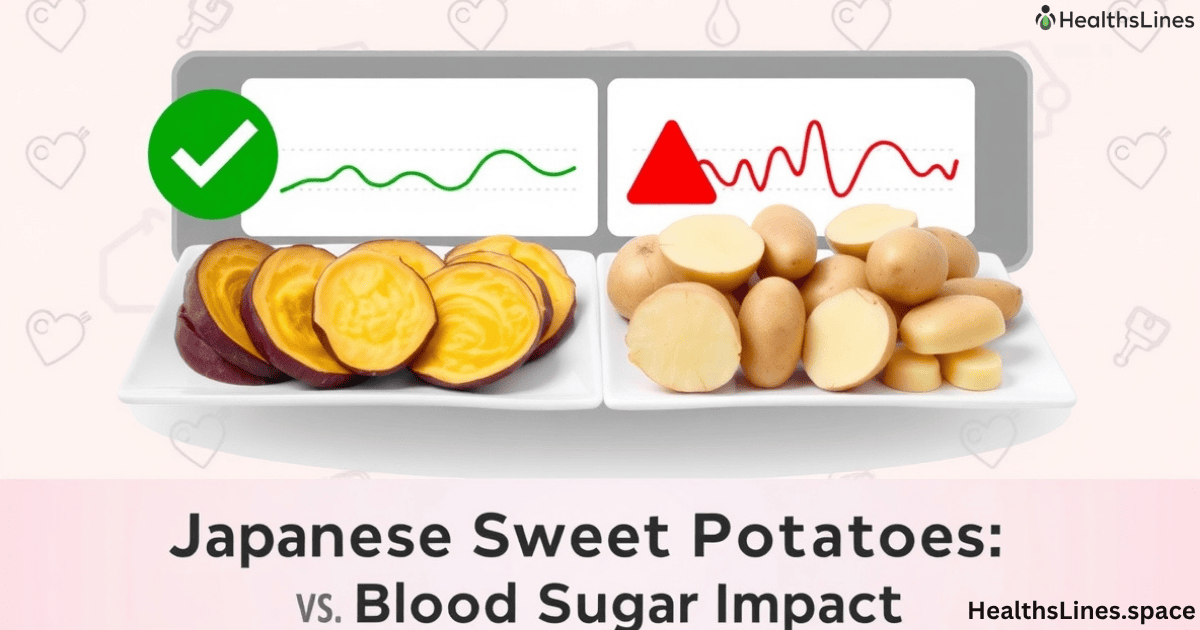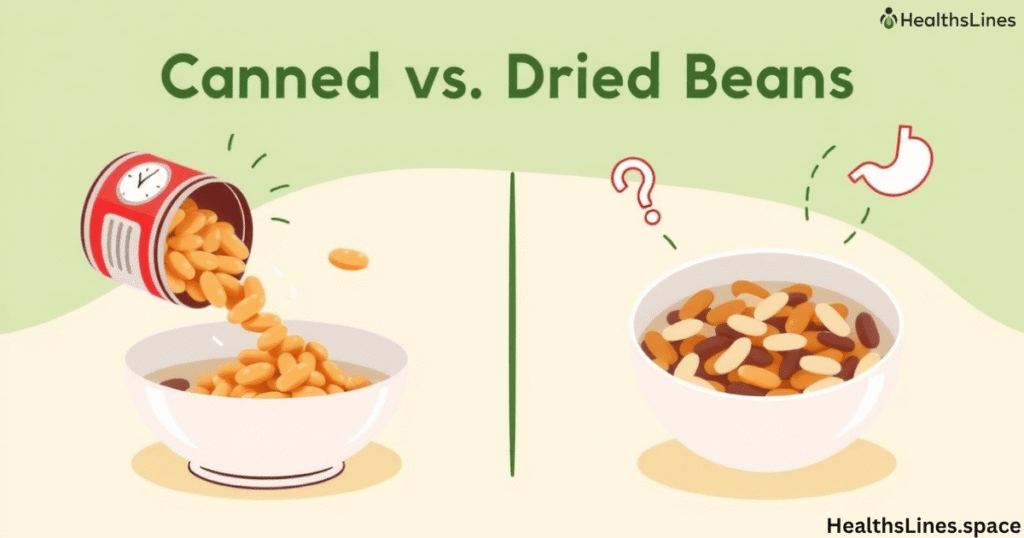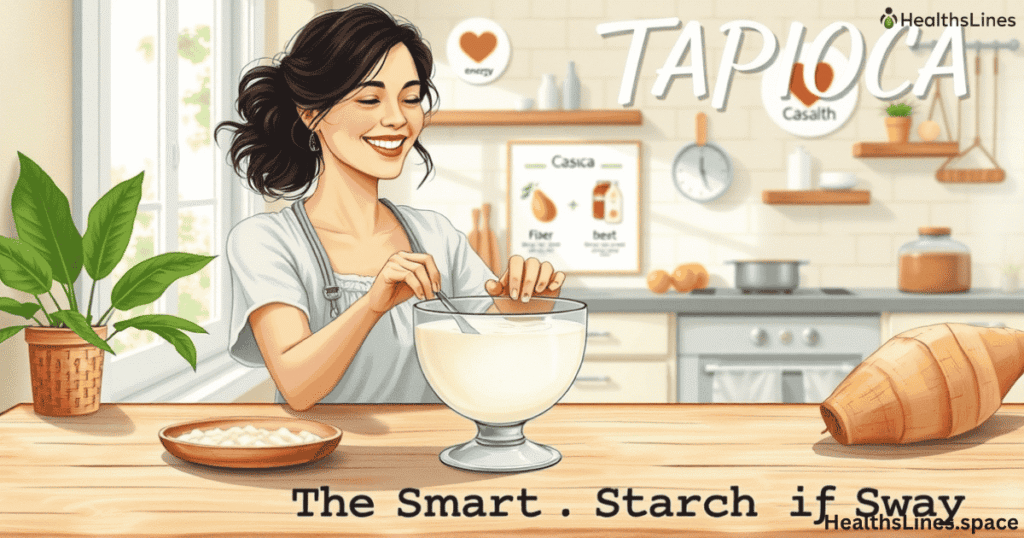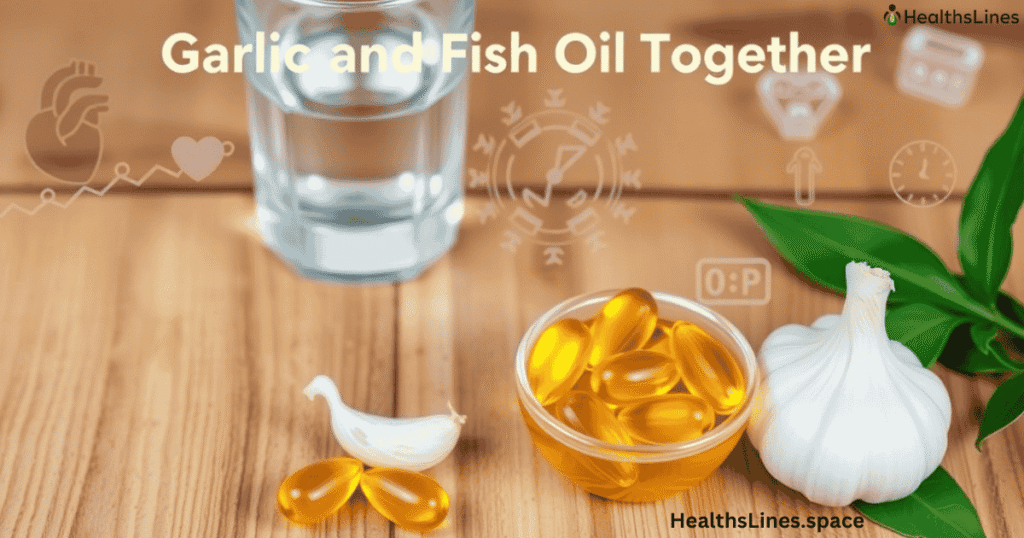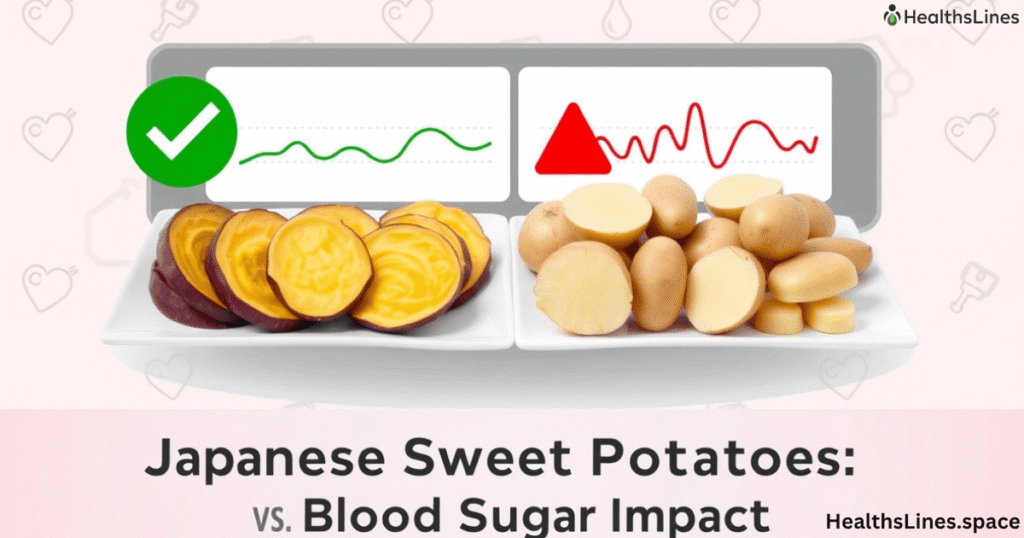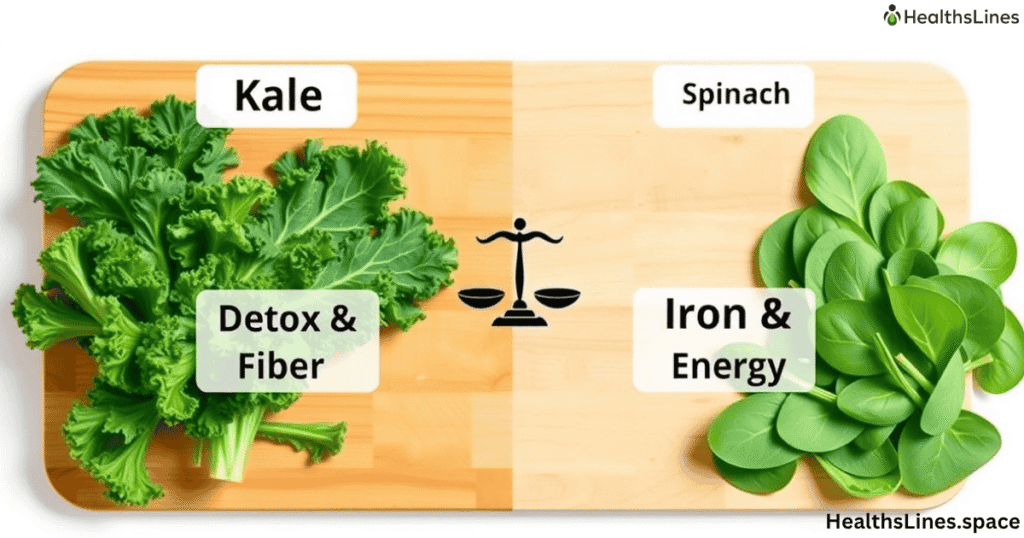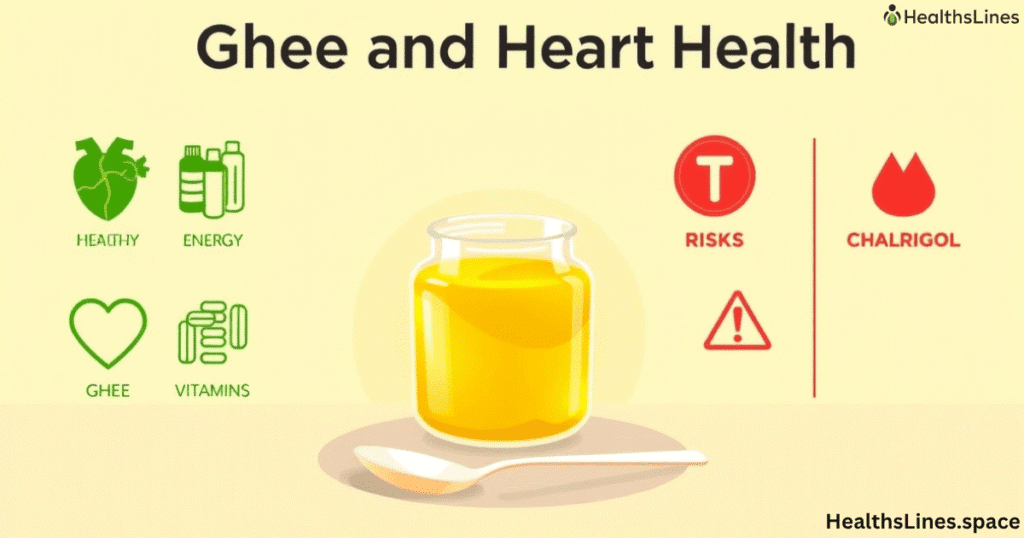Introduction
People everywhere are talking about ghee and heart health. This golden fat has been used in India for centuries. Today it is found in homes across the world. Some people see it as a superfood. Others fear it may harm the heart. So what really happens when you add ghee to your diet?
Your heart health depends on many things. What you eat, how active you are, and even your family history play roles. Adding ghee to your meals changes the type of fat you eat. The effects can be both good and bad. Let’s explore how ghee nutrition works, why it helps some people, and why it may cause problems for others.
Key Insights at a Glance
When people talk about ghee heart health, the main point is balance. Ghee is not all good or all bad. It has special nutrients that may help the body, but it also has fats that may harm the heart when eaten in large amounts. One of the positive sides is that ghee carries HDL cholesterol, often called good cholesterol. This type of cholesterol helps clean the arteries and lowers the chance of blockage. Along with this, ghee gives the body conjugated linoleic acid (CLA) and butyrate, two compounds that fight swelling and support better digestion. These benefits connect to better metabolic health and may reduce stress on the heart.
Still, ghee is rich in saturated fat ghee, which can raise LDL cholesterol. This type of cholesterol is the bad one, linked with clogged arteries and a higher heart disease risk. Eating too much ghee may also raise triglycerides and lead to extra weight gain. Both of these are harmful to cardiovascular health.
The key lesson is that ghee benefits come only when you practice ghee moderation. Small amounts may support heart-friendly nutrition. Large portions may harm your cholesterol levels and blood flow. Your lifestyle, diet, and daily activity decide whether ghee becomes a helper or a problem.
Ghee Nutrition Profile
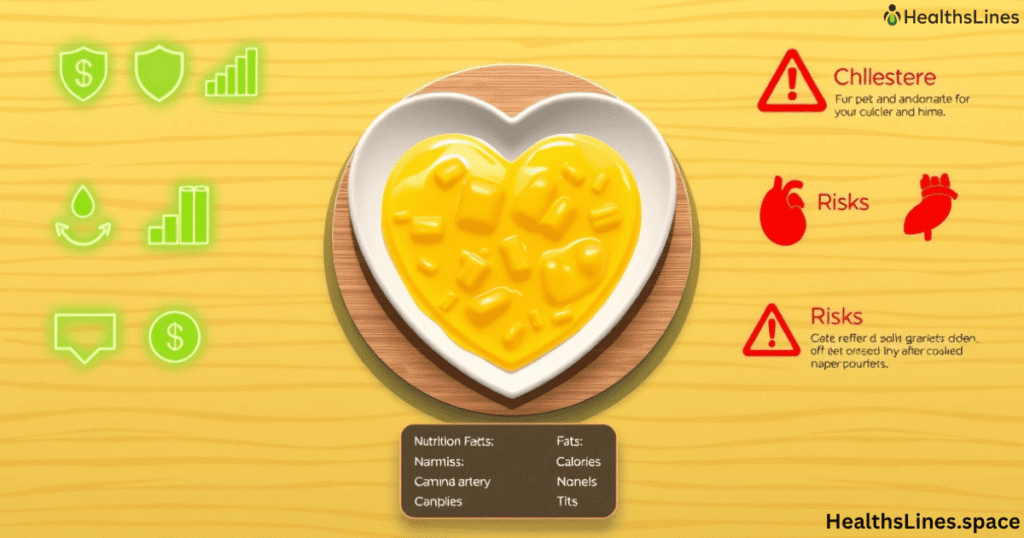
To understand ghee, you need to look at its nutrients. Ghee nutrition shows that one tablespoon has about 112 calories. Almost all of it is fat. The fat includes saturated fat ghee, monounsaturated fat, and a little polyunsaturated fat. Unlike many oils, it also carries unique compounds like CLA and butyrate.
Another reason people value ghee is for its fat-soluble vitamins. Ghee is rich in vitamins A, D, E, and K. These help your body absorb minerals, keep bones strong, and support vision. Ghee also holds antioxidants in ghee that fight cell damage. This makes it different from many refined oils used today.
Here is a simple table comparing ghee vs butter vs olive oil per tablespoon:
| Nutrient | Ghee | Butter | Olive Oil |
| Calories | 112 | 102 | 119 |
| Total Fat | 12.7 g | 11.5 g | 13.5 g |
| Saturated Fat | 7.9 g | 7.3 g | 2 g |
| Monounsaturated Fat | 3.7 g | 3 g | 10 g |
| Polyunsaturated Fat | 0.5 g | 0.4 g | 1.5 g |
| Cholesterol | 33 mg | 31 mg | 0 mg |
| Fat-Soluble Vitamins | A, D, E, K | A, D, E, K | Mostly E |
This table shows why ghee vs butter is a close debate. Both are rich in saturated fat. Ghee has a higher smoke point of ghee, which makes it better for high-heat cooking. When compared with ghee vs olive oil, olive oil wins for heart-friendly fats but lacks vitamins A, D, and K.
Antioxidant and Anti-Inflammatory Effects
Ghee heart health is not just about fat. It also has natural compounds that may protect your body. One is butyrate, a fatty acid that supports digestion. It lowers swelling in the body and keeps the gut healthy. Healthy guts often lead to better metabolic health and lower strain on the heart.
Another is CLA, found in dairy fat. CLA may lower body fat and help control weight. It also seems to improve how the body uses cholesterol. Along with this, the antioxidants in ghee reduce damage caused by free radicals. These free radicals are tiny unstable molecules that can harm cells and blood vessels. By reducing them, ghee may protect cardiometabolic health.
Impact on Cholesterol and Lipid Profile
When we talk about ghee and the heart, cholesterol levels matter the most. Ghee can raise HDL cholesterol, the “good” type. HDL helps clean up extra cholesterol in the blood and takes it back to the liver. This protects arteries from becoming blocked.
But there’s another side. Eating too much saturated fat ghee can raise LDL cholesterol, the “bad” type. LDL sticks to the walls of arteries and leads to blockages. High LDL and HDL balance makes a huge difference in cardiovascular health. People eating a traditional Indian diet full of fiber, spices, and plant foods may balance the effects of ghee. People eating fried fast foods with ghee may see harm instead.
Influence on Blood Pressure and Circulation
The link between ghee and blood pressure is complex. Ghee holds saturated fats, which may stiffen arteries if you eat too much. Stiffer arteries make the heart push harder to move blood, raising blood pressure. Over time, this can stress the circulatory system and increase the chance of hypertension. People who already have high blood pressure or are at risk for cardiovascular disease should be careful with how much ghee they use in daily meals.
At the same time, ghee also carries compounds like butyrate and antioxidants that fight swelling. Less swelling in blood vessels means smoother blood flow and less pressure on artery walls. Small, measured amounts of ghee may even help balance blood circulation when paired with an active lifestyle and heart-friendly diet. For example, studies show that traditional diets where ghee is used sparingly, along with whole grains, vegetables, and exercise, don’t show the same rise in blood pressure seen in diets overloaded with processed fats.
The effect of ghee also depends on overall cholesterol levels. High LDL cholesterol thickens artery walls, slowing circulation, while higher HDL cholesterol clears excess fats from the blood. Ghee can push both in different ways, which is why moderation and lifestyle balance matter. Your activity level, weight, and other food choices decide if ghee supports or harms blood vessel health.
Risks of Adding Too Much Ghee
The dangers of ghee come from eating too much. Ghee is pure fat, so calories add up fast. Too many calories cause weight gain, which raises heart disease risk and blood pressure. Extra fat also strains blood sugar control, making problems worse for people with diabetes.
Too much saturated fat ghee can raise LDL cholesterol and clog arteries. Doctors warn that people with high cholesterol, obesity, or heart problems should limit ghee. The advice often is no more than one or two teaspoons a day if you are already at risk. Ghee should never replace fresh vegetables, fiber-rich foods, or other healthy dietary fat sources like nuts and seeds.
Potential Benefits Beyond Heart Health
While most people focus on ghee heart health, this traditional fat also influences many other parts of the body. One of the biggest advantages comes from its butyrate content. This short-chain fatty acid supports gut health benefits of ghee by feeding healthy bacteria in the colon. A stronger gut helps with smoother digestion, better immunity, and lower inflammation, which indirectly supports your overall metabolic health.
Ghee is also rich in fat-soluble vitamins like A, D, E, and K. These nutrients are vital for strong bones, healthy vision, and immune function. Since ghee acts as a carrier for these vitamins, it improves fat-soluble vitamin absorption, which many low-fat diets fail to provide. The presence of conjugated linoleic acid (CLA) may further help with weight management and fat metabolism. Some studies suggest that CLA plays a role in lowering body fat while boosting lean mass, though results vary depending on diet and lifestyle.
Another area where ghee shines is in anti-inflammatory effects. Certain compounds in ghee act as antioxidants, which may lower stress on cells and reduce risks linked to chronic diseases. In traditional systems like Ayurvedic ghee use, it’s seen as a healing fat that nourishes tissues and improves energy. While modern science is still testing these claims, many cultures have trusted ghee for centuries as more than just a cooking fat, but as a natural health booster.
Safe Ways to Use Ghee in Your Diet
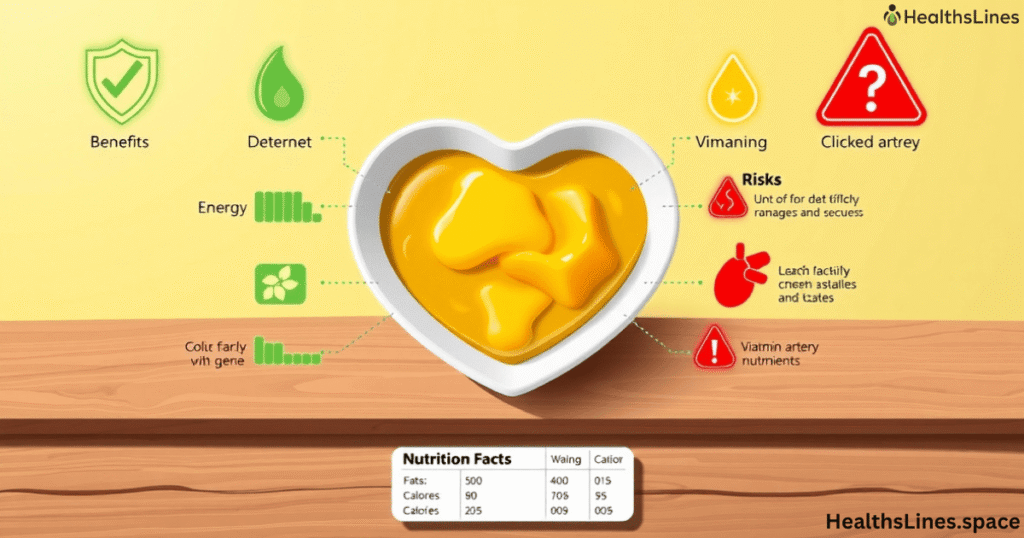
Enjoying ghee is about balance. Experts often suggest ghee moderation. One or two teaspoons a day is safe for most healthy adults. Instead of pouring ghee on bread or fried snacks, use it in small amounts for cooking or flavor.
The smoke point of ghee makes it perfect for frying and sautéing. Unlike butter, it does not burn quickly. This means fewer harmful compounds form when you cook. Many nutritionists suggest using ghee for high heat cooking and olive oil for salads. This way you enjoy both flavor and heart-friendly fats.
Expert Opinions and Case Studies
Experts often point to mixed results with ghee. Some doctors report that patients who use ghee wisely keep normal cholesterol levels and even see rises in HDL cholesterol. But others notice that patients who overuse ghee face higher LDL cholesterol and more blocked arteries.
One case study from rural India shows how ghee in a traditional Indian diet worked well. People ate ghee but also ate plenty of lentils, vegetables, and whole grains. They stayed active in farming. Their rates of heart disease were low. In cities, where people ate fried foods made with ghee and sat at desks all day, heart problems rose. The lesson is clear. Ghee itself is not the only factor. The overall diet and lifestyle matter most.
Conclusion
So what happens to your heart when you add ghee to your diet? The answer depends on how much you eat, what else you eat, and how active you are. Ghee has ghee benefits like CLA, butyrate, and fat-soluble vitamins. These support the body and may even protect the heart when eaten in small amounts.
But too much saturated fat ghee raises LDL cholesterol, triglycerides, and blood pressure. These changes increase heart disease risk. That’s why balance is key. Use ghee moderation, enjoy it for flavor and cooking, but mix it with other healthy fats like olive oil and nuts. In the end, ghee can be part of a heart-friendly diet if you use it wisely.
